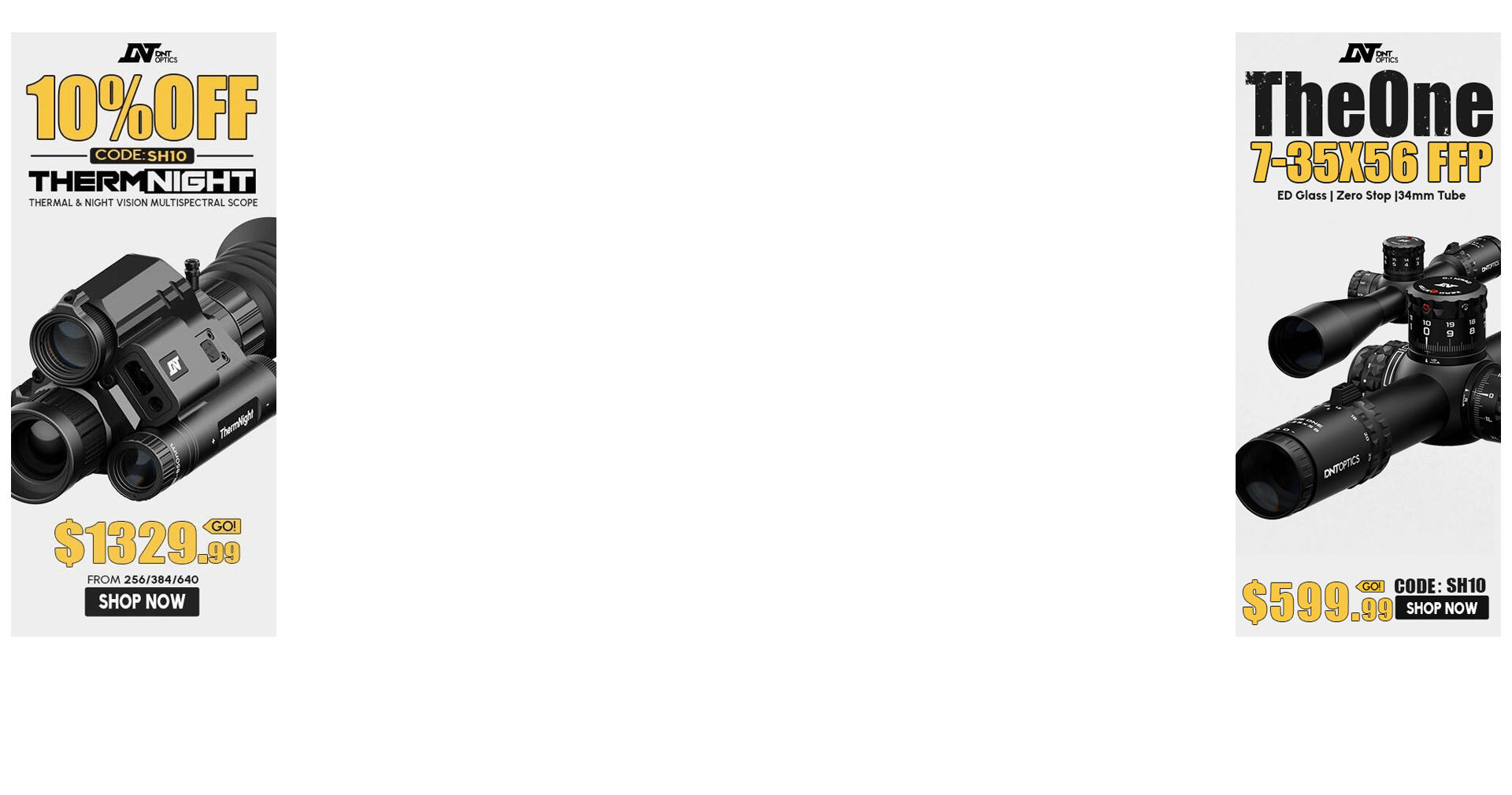There's plus's and minus's to going to a tighter twist.
If you go the tighter twist, you can stabilize heavier for caliber bullets. As you state, you want to shoot 130's. You won't need near that twist. So, don't do it unless you need the rifle up and shooting right now, and this is the fastest way to get it done.
It's been well documented in the bench rest world (think ultimate accuracy) to use the slowest twist (1-10" is slower than 1-7")* you need to stabilize your particular bullet. The reason is 99.9% of the bullets out there are copper or gilding metal jacketed over a lead alloy. Due to manufacturing processes this will always show some kind of variation. Even in today's super concentric bullets there is still variation. Down in the ten-thousandths. In the past, we felt good when we got bullets down in the one-thousandth concentricity.
That variation sets up a "harmonic wobble" when the bullet is spun to stabilize it as it goes downrange, and throws it off it's intended path. The slowest twist needed reduces the effect of the "harmonic wobble". That's why over-twisting is considered a no-no in the ultimate accuracy world.
The other side of that, is to get a bullet stable at long ranges, it's got to be long and sleek, which leaves some inherent wobble as it's launched. It's not bouncing all over the place, just moving thousandths of an inch (tiny fraction) off it's path. The way people are beating that now is to go to machined solid bullets.
So, if you don't see yourself shooting the heavies, no need to get the tighter twist. If it's a time thing, you can still do alright with the 1-7" twist. Just don't push them super hard and they won't blow up. Everything has a range in which it can operate best in. You would be better suited with a 1-8". A 1-9" if you never push heavies.
edited to clarify terms of twist rates.

